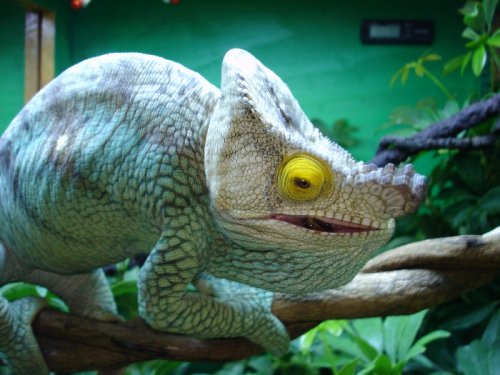Navigation
Install the app
How to install the app on iOS
Follow along with the video below to see how to install our site as a web app on your home screen.
Note: This feature may not be available in some browsers.
More options
You are using an out of date browser. It may not display this or other websites correctly.
You should upgrade or use an alternative browser.
You should upgrade or use an alternative browser.
Snack time
- Thread starter Chuck G
- Start date
Ryan Jarosek
New Member
That is an awesome picture!... One day I hope to care for one of those guys.
That is a photo contest winner if you ask me. You should enter it. It would give the other picture of the Parson's a run for its money.
Boy am I jealous!
That is a photo contest winner if you ask me. You should enter it. It would give the other picture of the Parson's a run for its money.
Boy am I jealous!
Chuck G
Avid Member
Beautiful specimen. Looks like you have him set up very nicely too.
Thanks Joe.
These guys are spoiled rotten!
gregdabender
New Member
Those look awesome !
SSimsswiSS
Avid Member
Hey, I have one of those pictures too.
giant Hornworm vs. Female
My guys give them a crunch, and then down the hatch. This was a big Dubia disappearance vs. Male /Didn't get the whole act
giant Hornworm vs. Female
Last edited:
reyesjoshuacruz
Established Member
rub it in guys, rub it in..........
chuck,
now that im hungry for em, got any pics of the 950g parsonii mentioned here before?
chuck,
now that im hungry for em, got any pics of the 950g parsonii mentioned here before?
Chuck G
Avid Member
chuck,
now that im hungry for em, got any pics of the 950g parsonii mentioned here before?
That guy was 650 grams at the time and his last documented weight was 770. 950 would be pretty big but not impossible. That one is only 2 years old and he is bigger than one of my 5 year old males,so he still has some growing to do.
Chuck G
Avid Member
My guys give them a crunch, and then down the hatch. This was a big Dubia disappearance vs. Male /
giant Hornworm vs. Female
Hey Steve, There is nothing cooler than seeing them eat a huge roach or getting out of the way when the juice squirts out of a full grown hornworm!
By the way what is the weight on your pair?
SSimsswiSS
Avid Member
I was just thinking I should get the scale out tonight. My big male was a little restless last night so I let him sleep under the stars last night in a patio tree. I know hummingbirds are color blind. But why does every hummingbrid feeder I've ever seen, have yellow flowers where the holes are. I watched my male puff up his eyes really big and turn on the yellow. Just after catching sight of a little hummer. Mmmmmmmm! I wonder if I have a two pounder yet.Hey Steve, There is nothing cooler than seeing them eat a huge roach or getting out of the way when the juice squirts out of a full grown hornworm!
By the way what is the weight on your pair?
"Or to think about a hummingbird's view of the ultraviolet range of flower color to better identify nectar producers."
http://www.wasatchaudubon.org/b101_lesson9.htm
"In hummingbirds, particular flower types are often recognized by color as well."
http://en.wikipedia.org/wiki/Color_vision
"Hummingbirds, like most other birds do not have a well-developed sense of smell. They have color vision and unlike most vertebrates, are sensitive to ultra-violet light between 325 to 360 nanometers."
http://www.discoverlife.org/mp/20o?search=Trochilidae
http://www.wasatchaudubon.org/b101_lesson9.htm
"In hummingbirds, particular flower types are often recognized by color as well."
http://en.wikipedia.org/wiki/Color_vision
"Hummingbirds, like most other birds do not have a well-developed sense of smell. They have color vision and unlike most vertebrates, are sensitive to ultra-violet light between 325 to 360 nanometers."
http://www.discoverlife.org/mp/20o?search=Trochilidae
Similar threads
- Replies
- 10
- Views
- 2K








